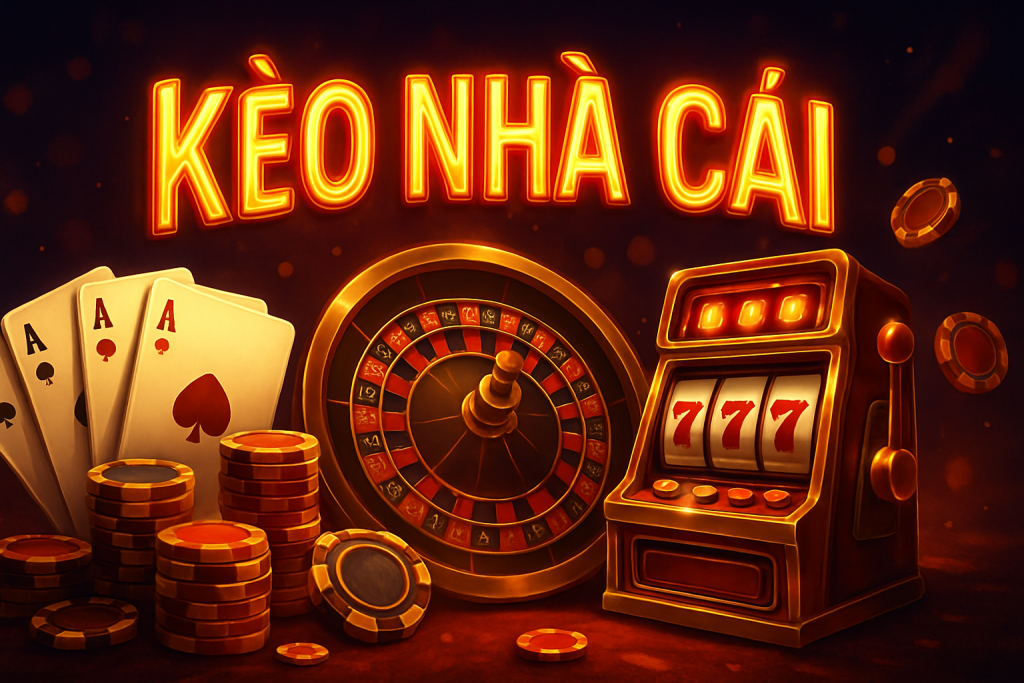
In the world of gambling, having a strong grasp of odds can make a significant difference between blind luck and informed strategy. For casino players and sports bettors alike, resources such as tỷ lệ kèo are essential in understanding how betting lines work and how to best take advantage of them for long-term success
Odds are not just numbers—they are insights. They represent the likelihood of specific outcomes and are used to calculate the returns on winning bets. Every experienced bettor knows that behind the spinning roulette wheel or the draw of a card lies a world of probabilities that can be studied, interpreted, and strategically applied.
For sports betting, understanding odds starts with identifying value. Let’s say the bookmaker offers odds of 2.00 on a football team to win. This implies a 50% chance of success. If your research or intuition tells you the team has a better chance than that, this represents a value bet. Over time, placing wagers only where the odds offer value will result in more consistent profits.
Casino games follow similar logic. Games like blackjack and video poker are built around predictable math models. A player using perfect basic strategy in blackjack can reduce the house edge to less than 1%. That means that with every hand played, the player is working within odds that provide a reasonable return, especially when combined with card-counting techniques or table awareness.
Slot machines, on the other hand, are often less transparent. Each slot game is designed with a specific Return to Player (RTP) percentage. RTP represents the long-term expected payback. For example, an RTP of 96% means the game is designed to pay out $96 for every $100 wagered over a large number of spins. By choosing high RTP slots, players increase their chances of winning over time.
Roulette presents another interesting scenario. A single-number bet may pay 35:1, but on a standard European wheel with 37 pockets, the actual odds of hitting a single number are 1 in 37. That built-in discrepancy is the house edge, and understanding it allows players to balance their bets accordingly—perhaps choosing lower-risk, lower-reward strategies like betting on red or black, or even/odd.
Another overlooked element of odds is their volatility over time. In live betting scenarios, whether on sports or games like baccarat and poker, odds can shift dramatically in response to gameplay. Smart players know when to enter or exit a bet, based on how the odds evolve. Timing, therefore, becomes just as important as prediction.
Bankroll management also ties directly into an understanding of odds. Knowing the risk versus reward potential of each bet allows players to size their wagers appropriately. Chasing high odds with large bets may seem tempting, but the smarter approach often lies in smaller, strategic bets with positive expected value.
Moreover, bonus structures and promotional offers frequently alter the odds in a player’s favor. Free spins, matched deposits, or cashback promotions effectively reduce the house edge or increase potential returns, even if temporarily. Understanding the true value of these promotions, especially when tied to certain odds or wagering requirements, can make the difference between a break-even session and a profitable one.
Live dealer games now offer built-in odds displays, allowing users to see payouts and win probabilities in real time. This level of transparency helps players compare games and choose the best tables where odds are most favorable.
In summary, the ability to analyze and respond to odds is a vital skill in any form of betting. It doesn’t eliminate risk, but it transforms risk into something that can be measured and managed. Players who consistently apply odds-based strategies tend to fare far better in the long run.